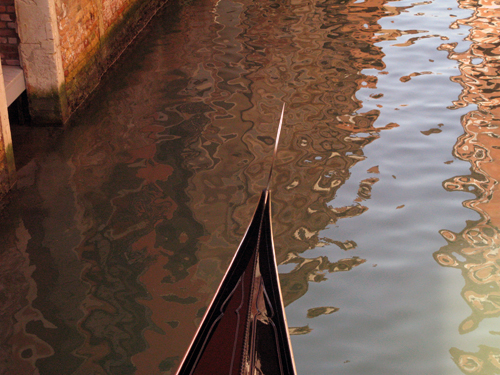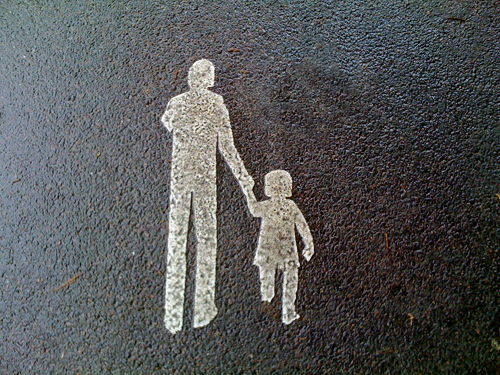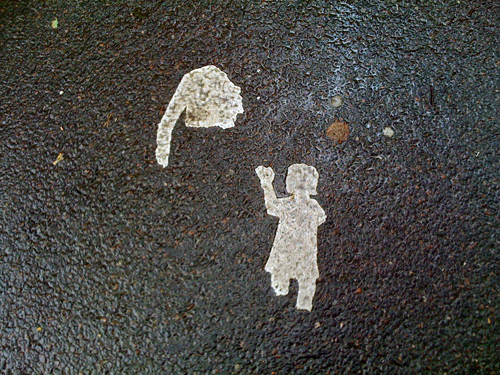For my project at the Biennale a team of men will sell fake designer bags on the streets of Venice. Fifty performers will appear each night, dispatching in different directions through the city without discernible pattern or plan. The cast will comprise a group of African men – immigrants legal or otherwise, whose diverse stories of arrival, struggle and (dis)incorporation into the social, economic and political structures of Southern Europe sketch out an unspoken background for the work. Each of the performers will carry up to 30 bags looped on their arms as they walk, the luggage (bearing logos Gucci, YSL, Prada, Armani, Guess, Moschino etc) forming great harvest bundles of gold and black, sea blues and deep sea greens.
At agreed locations in the city each performer will place his collection of bags on the ground in front of him, arranging the combination of handbags, clutch bags, purses, shoulder bags, small luggage and holdalls into some temporary installation on the paving slabs, never shouting for business but simply standing once the bags are laid out and waiting calmly. Sometimes in particular places a few performers will congregate for a while; at the end of the Campo San Stefano for example or in the Campo San Angelo a small group will stand or sit together against a particular wall, not far from a drinking fountain, always keeping in sight the bags set out some distance in front of them.
In a process of pedestrian ebb and flow my work will explore the movements of this mass mobile sales-team, their trajectories in the streets of Venice and their animation of urban space, marking both the city's paths and at the same time evoking its shadow economy, whose replica goods shadow those of the daytime stores, a night-time mirror, echo or distortion of the Capitalist real. Later in the evening the performers will take different routes to disperse in the city again – standing still in new places for special solo scenes on its bridges or on its street-corners or else waiting in narrow crowded alleyways alone, with ten or so bags each, like strangely burdened statues, caught out of place in the press and pull of the night-time throngs.
The performers will project a sense of calm, still, self-composure which will mark them out from the restless tourist throng as much as the colour of their skin, so different from that of the mainly Caucasian visitors to the city. Looked at from any kind of remove the project's bag sellers will seem to have stepped in sideways from another reality or universe, which indeed, in many ways, they will have, both as immigrants and as artworks inhabiting the everyday.
At intervals through each night the performers will act as though they fear some invisible threat, most likely the imminent arrival of the police – looking around, gathering their bags and sometimes moving on, not hurriedly but shifting place in any case with a particular urgency and purpose, vanishing to the narrower side streets only to reappear some short while later, to stand with their goods again in new locations, like ghosts compelled always to return. Building on the above, a few times each night, the 50 performers will run together from one part of the island to another, forming a wave of human and knock-off designer goods that builds and ripples from square to to square, corner to corner; a stampede that gathers up new runners and their wares as it passes through street after street, building past the pace of a decent jog, getting faster and faster. The men will always run in silence, though, only the sound of their feet and their breathing impacting the ambience of the city as they move through it.


